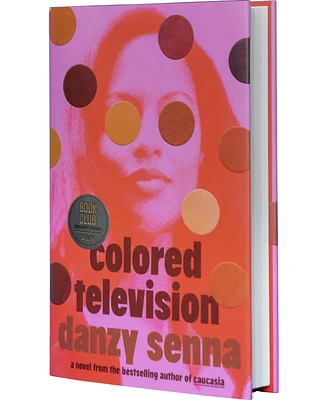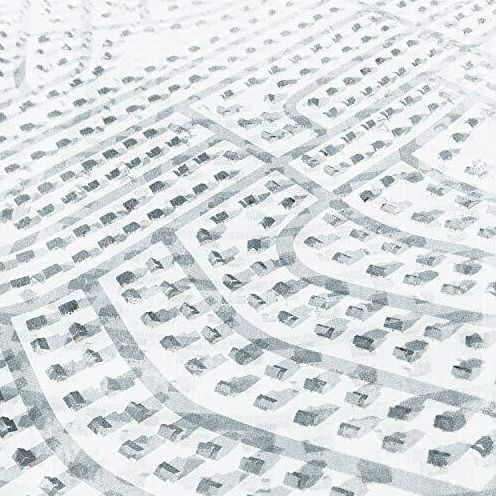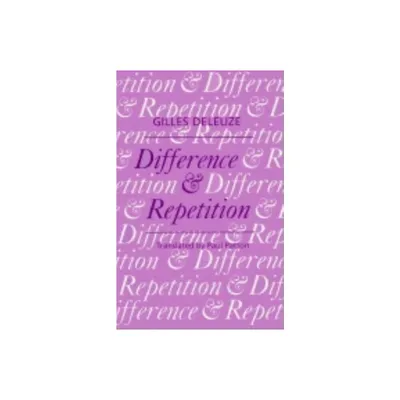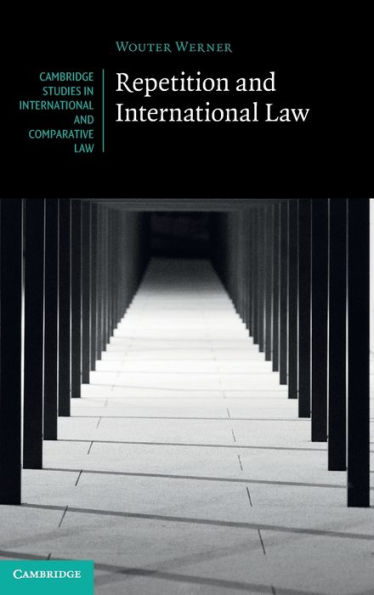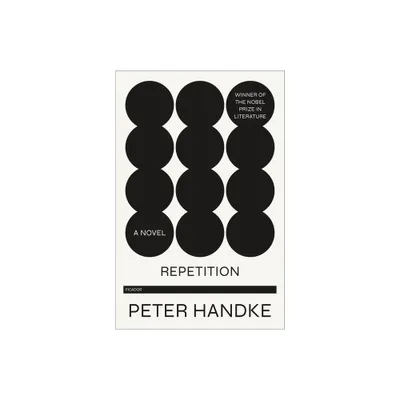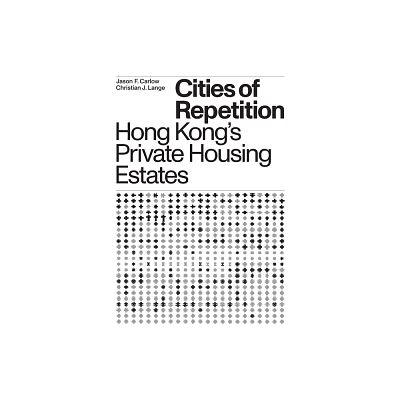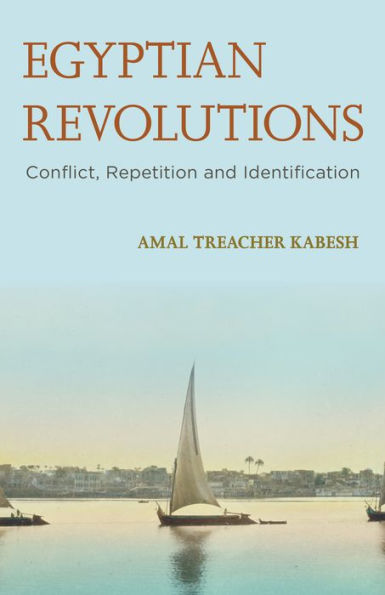Home
Television and Repetition
Loading Inventory...
Barnes and Noble
Television and Repetition
Current price: $66.99
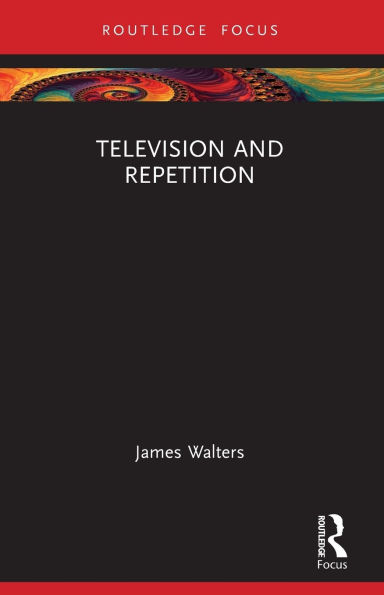

Barnes and Noble
Television and Repetition
Current price: $66.99
Loading Inventory...
Size: Hardcover
*Product Information may vary - to confirm product availability, pricing, and additional information please contact Barnes and Noble
Resisting some of the negative connotations that repetition can attract, this book illustrates how it has been used as a catalyst for creative expression across a range of television genres.
Divided into two parts, the first three chapters contextualise repetition within related media and critical debates, before locating it as an important facet of television that is worth exploring in detail. The final three chapters discuss specific television shows that incorporate repetition creatively within their narrative structure and aesthetic composition, ranging from
The Royle Family
and
Doctor Who
to
I May Destroy You
This is Going to Hurt
. In each case, James Walters argues that repetition emerges as crucial to the expression of key themes and ideas, thus becoming a structural and compositional element itself.
Exploring the ways in which repetition has featured in the work of figures such as Umberto Eco, Raymond Bellour and Bruce Kawin, and has influenced the approaches of television scholars like Raymond Williams, Roger Silverstone and John Ellis, this book is essential reading for scholars and students of film, television and media studies.
Divided into two parts, the first three chapters contextualise repetition within related media and critical debates, before locating it as an important facet of television that is worth exploring in detail. The final three chapters discuss specific television shows that incorporate repetition creatively within their narrative structure and aesthetic composition, ranging from
The Royle Family
and
Doctor Who
to
I May Destroy You
This is Going to Hurt
. In each case, James Walters argues that repetition emerges as crucial to the expression of key themes and ideas, thus becoming a structural and compositional element itself.
Exploring the ways in which repetition has featured in the work of figures such as Umberto Eco, Raymond Bellour and Bruce Kawin, and has influenced the approaches of television scholars like Raymond Williams, Roger Silverstone and John Ellis, this book is essential reading for scholars and students of film, television and media studies.
